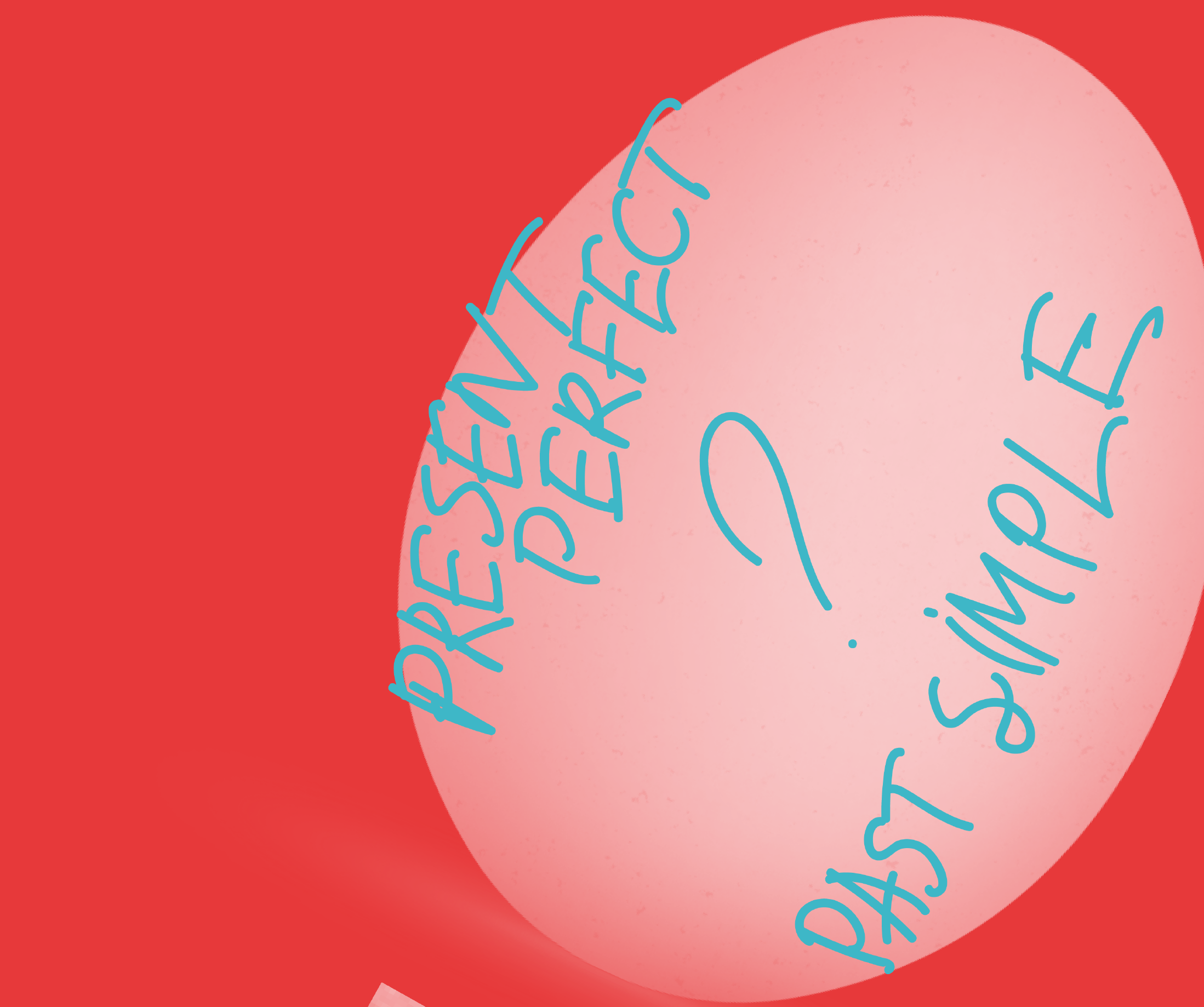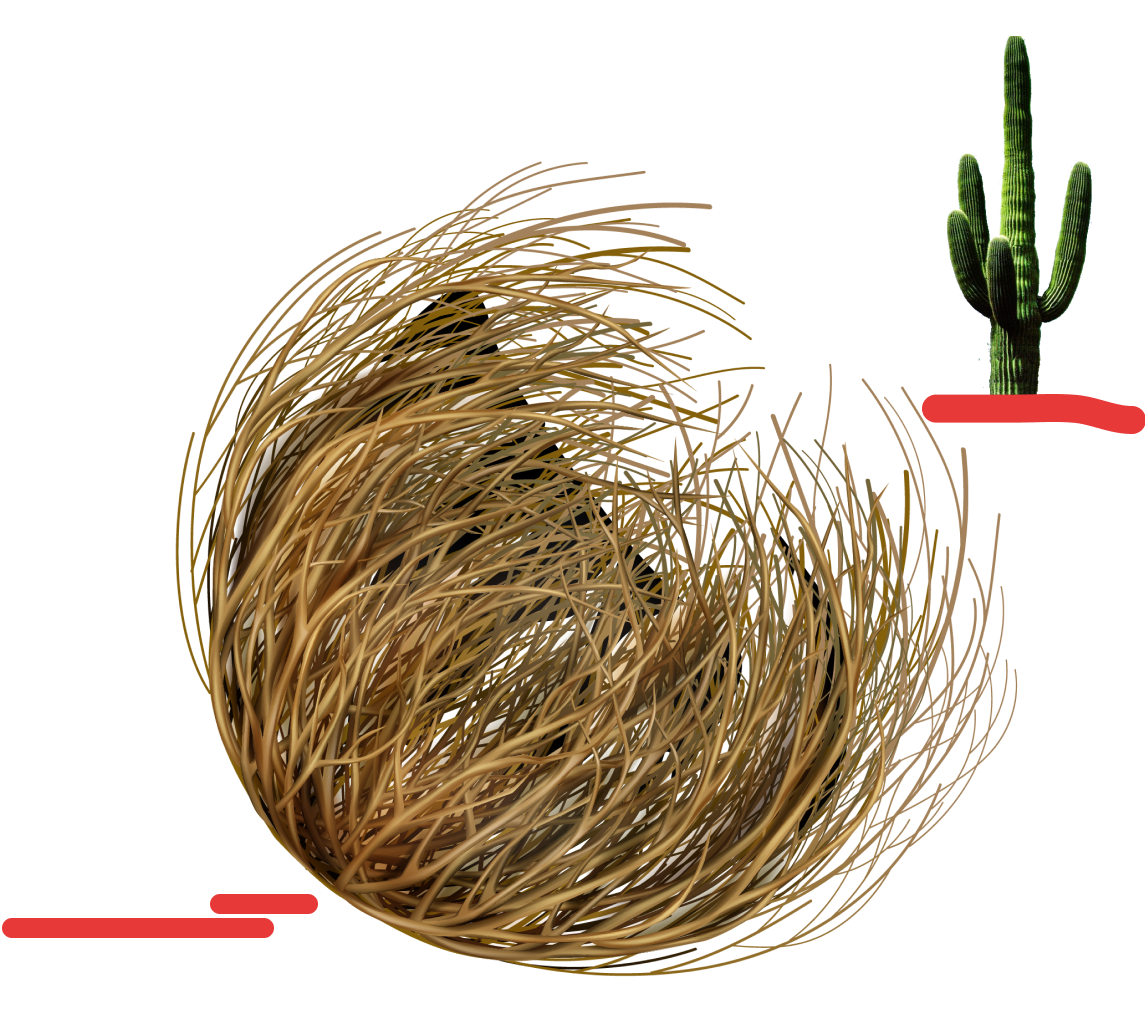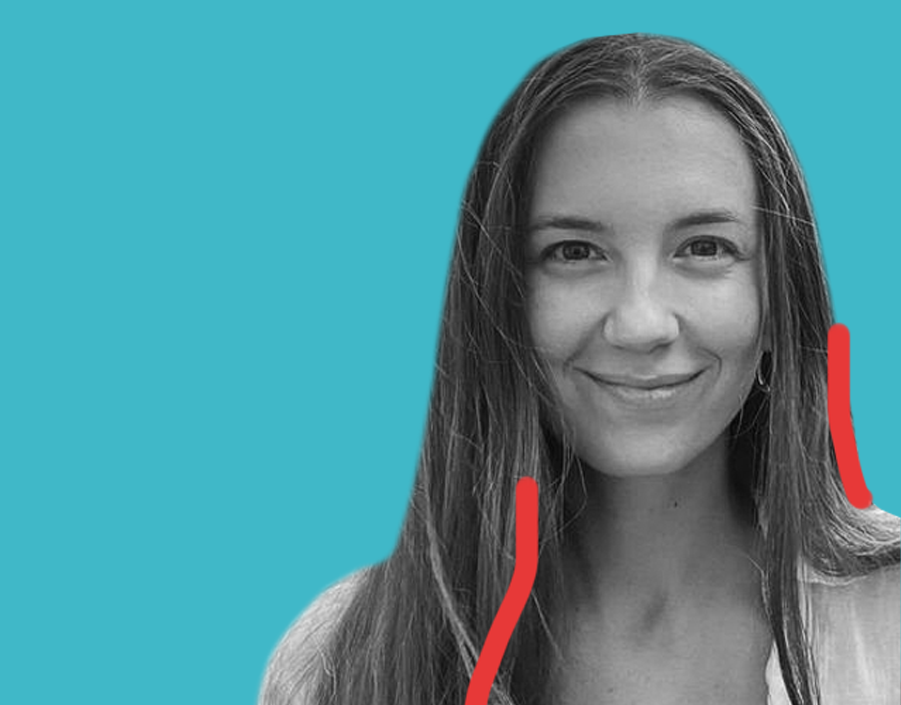Difference between Present Perfect and Past Simple: rules and exercises

About course
What do Present Perfect and Past Simple have in common with boiling eggs? Nothing, except one little detail: both of them are very simple.
There are many people who confuse Present Perfect and Past Simple, but after this course you won't be one of them. Our short online course illustrates these two grammar topics with eggs.
"My mom taught me how to boil eggs" - Past Simple.
"I finally have learnt how to boil eggs" - Present Perfect.
Why, God, why?! What is the difference?
Take this course to find out why.
-
Level: Intermediate
-
35 minutes
- 1 lesson
-
9 tasks
-
Teacher's language: English
-
Interactive exercises
-
Video
-
Tests
Course program
1 LESSON
Past Simple Or Present Perfect
Video with grammar explanations. Forms and meanings of Present Perfect. Forms and meanings of Past Simple.
Tasks
Also, this course has interactive exercises for practicing the material. They will help you test yourself and make sure you understand the topic.
Test yourself
Bonus
We have developed grammar tables for your convenience. They can be downloaded, saved, and printed. Or you can just remember)
Who is this course for
For confident beginner and intermediate level.
For those who confuse Present Perfect and Past Simple and cannot understand the difference.
For those who want to refresh their memory on tenses in English.
For teachers who are looking for a non-trivial way to explain this topic to their students.
What will you get after the course
You will learn to see the difference between Present Perfect and Past Simple, understand your main mistakes and start using these tenses correctly.
-
Level: Intermediate
-
35 minutes
- 1 lesson
-
9 tasks
-
Teacher's language: English
-
Interactive exercises
-
Video
-
Tests
Past Simple and Present Perfect tenses are grammatical constructions in English connected with the past. The first one is used for actions in the past that are over and don’t directly affect the present. The second one refers to an action in the past where the result is directly related to the present. Apart from the distinction in meaning, these two tenses have different grammatical structures.
Booyya explains all the peculiarities and gives you some tips on how to quickly master complex and confusing English grammar!
What is the difference between Past Simple and Present Perfect?
Present Perfect emphasizes the importance of an action in the past for the moment of the conversation. For example, with the sentence “I have just finished my lunch”, you inform the other person that you have already had lunch in the recent past and that you are not hungry at the moment.
Past Simple tells us about an action that was completed in the past. For example, the sentence “I had breakfast this morning” simply tells us what happened in the morning; it doesn't show us how you feel at the moment of speaking, whether you are full or hungry.
Sentence structures with Past Simple and Present Perfect tenses
It is quite easy to recognise the difference. In Perfect tense, we always use the auxiliary verb “have” or “has”, depending on the person. Simple tense, on the other hand, has no auxiliary word in affirmative sentences at all, but the word “did” appears in negative and interrogative sentences.
To help you understand better the grammatical structures of both tenses, we suggest looking at the table below:
|
Type of sentence |
Present Perfect |
Past Simple |
|
Affirmative |
Subject + have/has + verb with the ending -ed or in the third form: She has just finished her tasks. |
Subject + verb with the ending -ed or in the second form: She finished her tasks yesterday. |
|
Negative |
Subject + have/has + not + verb with the ending -ed or in the third form: She hasn't finished her tasks yet. |
Subject + did + not + verb: She didn’t finish her tasks yesterday. |
|
Interrogative |
Question word (if necessary) + have/has + subject + verb with the ending -ed or in the third form: Has she finished her tasks yet? Why hasn't she finished her tasks yet? |
Question word (if necessary) + did + subject + verb form: Did she finish her tasks yesterday? Why didn’t she finish her tasks yesterday? |
Additional tips for recognising Present Perfect
In order to learn how to distinguish Past Simple from Present Perfect tense, it’s important to study these tenses in more detail.
We've already learned that this tense is used when the result of an action in the past is important for the present:
-
“I have passed the exam with flying colors” – an emphasis is put on the excellent grade received for the exam.
This tense can also indicate unfinished actions that began in the past with the result shown now:
-
“I’ve had my parrot Oliver for 7 years” – that is, the narrator adopted the bird in the past, but he lives with them now, at present.
In English, there are time expressions in order to distinguish Past Simple from Present Perfect tense fairly easily. These are usually words that can tell you when an event is happening:
-
already;
-
yet;
-
just;
-
never;
-
so far;
-
many times;
-
for an hour;
-
since November.
Additional tips for recognising Past Simple
This tense is usually used to describe short-term actions in the past with an imprecise time:
-
“I lived in Toronto two years ago” – there are no specific dates here, just a general estimate of two years.
However, the main idea of this tense is to describe events that happened in the past and are completed. The specific end date of the action may not be specified:
-
“I worked as an administrator in a hotel” – this sentence makes it clear that the person has completed such a career and now has another job.
This tense also has its own time expressions, which usually inform about the day, time of day, year, etc.:
-
yesterday;
-
an hour ago;
-
last week;
-
last decade;
-
in 2001.
Booyya course based on Past Simple and Present Perfect tenses
To learn how to use the different tenses correctly in practice, simply reading the grammar rules will not suffice. It's also important to look through a lot of examples and practice writing sentences in both tenses. Here a short grammar course from Booyya comes in handy, as it helps you understand the difference between these tenses once and for all.
In particular, the course includes:
-
grammar analysis in video format prepared by experienced English teachers;
-
grammatical constructions accompanied by explanations;
-
interactive exercises to help you consolidate the material properly;
-
tests to check your knowledge;
-
tables that will serve as a reminder and a way to quickly revise what you have learnt.
The course contains only one lesson, which will take you approximately 1.5 hours to complete. During this time, you will be able to easily understand two quite similar tenses, which can confuse even experienced polyglots.
- access to all 209 English courses on the platform, except for the English PRO series
- 2 - 4 new courses every month
- exclusive access to SUBSCRIPTION ONLY courses
- access to the Smarte+ - smart online tool for English practice
- unlimited studying for the selected period
- access to self-study English plans



































